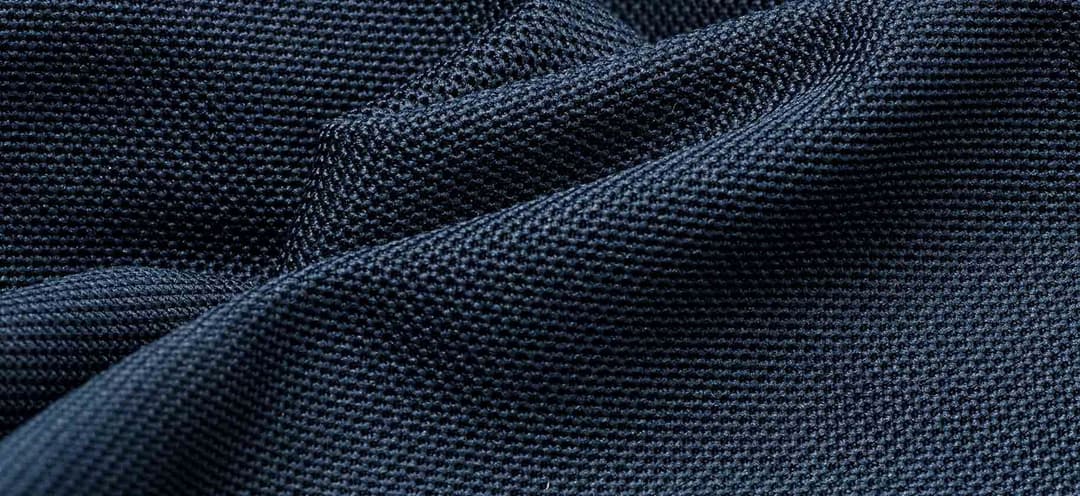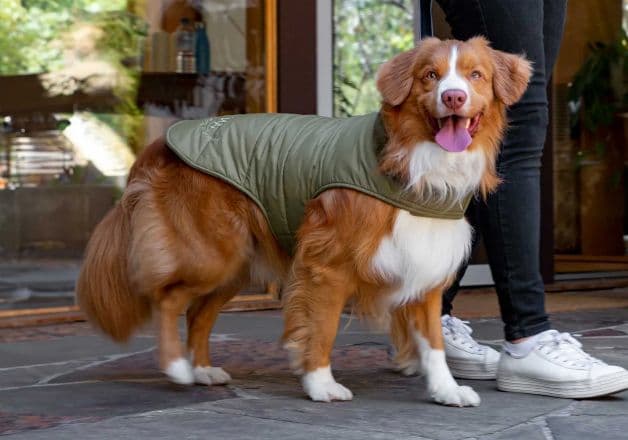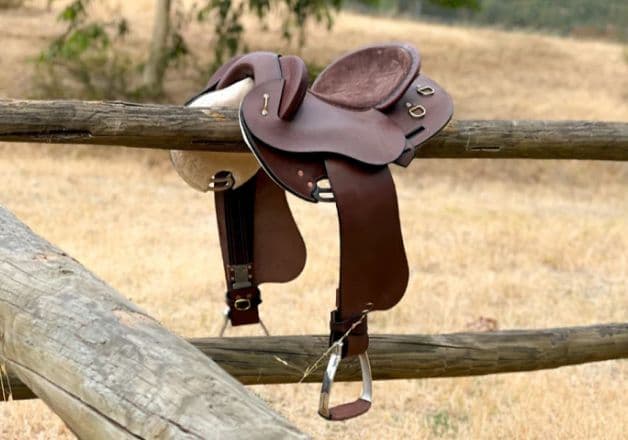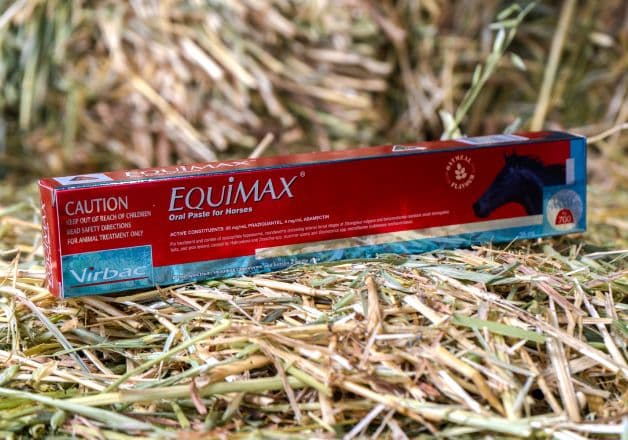
Understanding Horse Rugs - 'GSM' vs 'Grams' vs 'Deniers'
Do you get confused when comparing ‘GSM’ to ‘grams’ and ‘deniers’ when looking at the specifications of horse rugs? Well, you are not alone!
We are often asked if a 300 GSM polar fleece horse rug is as warm as a 300gram poly-filled turnout rug. The short answer is no. Like all industries, the horse rug world uses terms and jargon that can be confusing, leaving you overwhelmed and uninformed. Let us try to dispel some of the mystery and confusion of horse rug terminology.
GSM
Put simply, GSM or 'grams per square metre' refers to the actual weight of one square metre of that particular fabric. If you cut one square metre of fabric and weighed it, the resulting weight would be the GSM of the fabric. However, the weight or GSM has no relevance to the warmth provided by the fabric. The properties of the individual fabric and composition of the materials used are what make a difference to the warmth of the horse rug.
For example, our paddock ripstop rug is made from 300 GSM polycotton and certainly is not as warm as our 300 GSM polar fleece. At 410 GSM, the Caribu Enduro mesh rugs are a 'heavier' GSM than both the ripstop and polar fleece rugs but are not considered 'warm' at all. So a higher GSM usually means a thicker or stronger fabric.
Grams
The gram or weight measurement of poly-filled rugs, such as the Caribu Alpine turnout rug range, refers to the weight of the polyfill per square metre but serves a different function than the weight of fabric. Polyfill is an insulation fibre (like inside a pillow) that creates an insulating pocket which traps body heat generated by your horse, in turn keeping the horse warm.
The more polyfill in a rug, the bigger insulating pocket is created to trap the warmth. Think of it like a doona or quilt on your bed. A heavier-filled quilt is much warmer and better to snuggle under in the cold of winter than a light-filled one.
Polyfill
Getting back to horse rugs, a 200gram polyfill rug is going to be warmer than a 300 GSM wool rug because the polyfill will trap the horse's natural body heat, warming the air caught around the horse's body, in turn keeping him warm. We know that in cold climates a wool jumper is a good base layer, but a filled 'puffy' jacket or old-school parka will be much warmer thanks to the insulating air pockets of the polyfill. The same principle applies to winter horse rugs.
Denier
In turnout rugs, ‘denier’ also comes into the equation. The thickness of the individual thread used in the yarn weave is referred to as the denier. Essentially, the higher the denier number, the stronger the material. Commonly in 600D, 1200D, and 1680D - the higher the number, the thicker and stronger the weave. The insulation difference between the three deniers is negligible and shouldn't really play a part in comparing the warmth of one denier versus another.
Ready to find the perfect rug for your horse? Explore our range of high-quality, durable horse rugs designed for every season.


